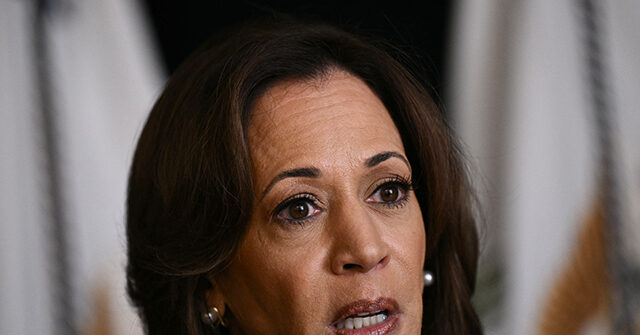The September jobs report recently unveiled a significant increase in employment, with a reported boost of 254,000 jobs. However, a closer look reveals that much of this apparent growth can be attributed to the Bureau of Labor Statistics (BLS) and its seasonal adjustments, which serve to smooth out the labor market’s usual fluctuations. An analysis of decades of data shows that the private sector consistently loses jobs in September—a trend that has lasted since the early 2000s, with the exception of the pandemic year in 2020. Historical trends indicate that an average of 432,000 jobs are lost in September, as children leave their summer jobs and students return to school, resulting in a seasonal employment ebb in the private sector.
Without the seasonal adjustments, September would reflect a substantial job loss of 458,000 in the private sector. However, once these adjustments are applied, the narrative shifts dramatically to a gain of 223,000 jobs for the month, highlighting an astonishing increase of 681,000 jobs due to the adjustments. This figure is the third-largest September adjustment in BLS history, surpassed only by adjustments made in 2019 and 2020. Since 1948, the typical seasonal adjustment has added around 191,000 jobs to the private sector figures, but this year’s outsize adjustment underscores the impact of an expanding workforce on job numbers.
The political context of September also raises interesting questions regarding the BLS’s seasonal adjustment practices, especially during election years. Historically, the average seasonal job adjustment has been higher during election years, but since 1990, the adjustments appear to be lower in political climates where Republicans hold the presidency compared to those under Democrats. Under these conditions, adjustments have averaged 443,000 jobs in election years versus 485,000 in non-election years. This sudden contrast raises suspicions of potential political bias within the BLS, complicating how job data is interpreted in an election context.
The partisan discrepancies are telling: during Democratic presidencies, the average September job adjustment has been around 506,000, contrasting with a lower average of 395,000 under Republican leadership. These variations suggest that economic policies from each party may play a role in shaping employment outcomes and seasonal adjustments. Democratic policies often emphasize demand stimulation, which can mitigate seasonal employment losses. Consequently, the BLS’s historical models might react to this mitigation by producing a more favorable adjustment. In contrast, understanding the typical patterns in September under Republican presidencies can yield smaller adjustments, aligning more with historical job loss trends due to less intervention in the economy.
Despite the seemingly inflated private sector job growth indicated by the adjustments, it is critical to examine the public sector’s role in this employment landscape. Public sector employment swelled unadjusted by 918,000 jobs, predominantly due to educators and school staff returning after summer hiatuses. However, post-adjustment, the employment figures only account for an additional 31,000 jobs. While these government roles don’t directly reflect demand for private sector workers, the public sector’s reintegration of employees into the economy does amplify demand, which can indirectly support private sector growth.
In summary, while the September jobs report might signal surprising growth, it reflects longstanding, complex trends shaped by seasonal adjustments and political contexts. Historically predictable patterns of employment loss in September and the influence of government hiring significantly bolster the adjustments reported. Hence, what might initially seem like a surprising figure reveals a familiar narrative of employment dynamics intertwined with seasonal fluctuations and political economics.

